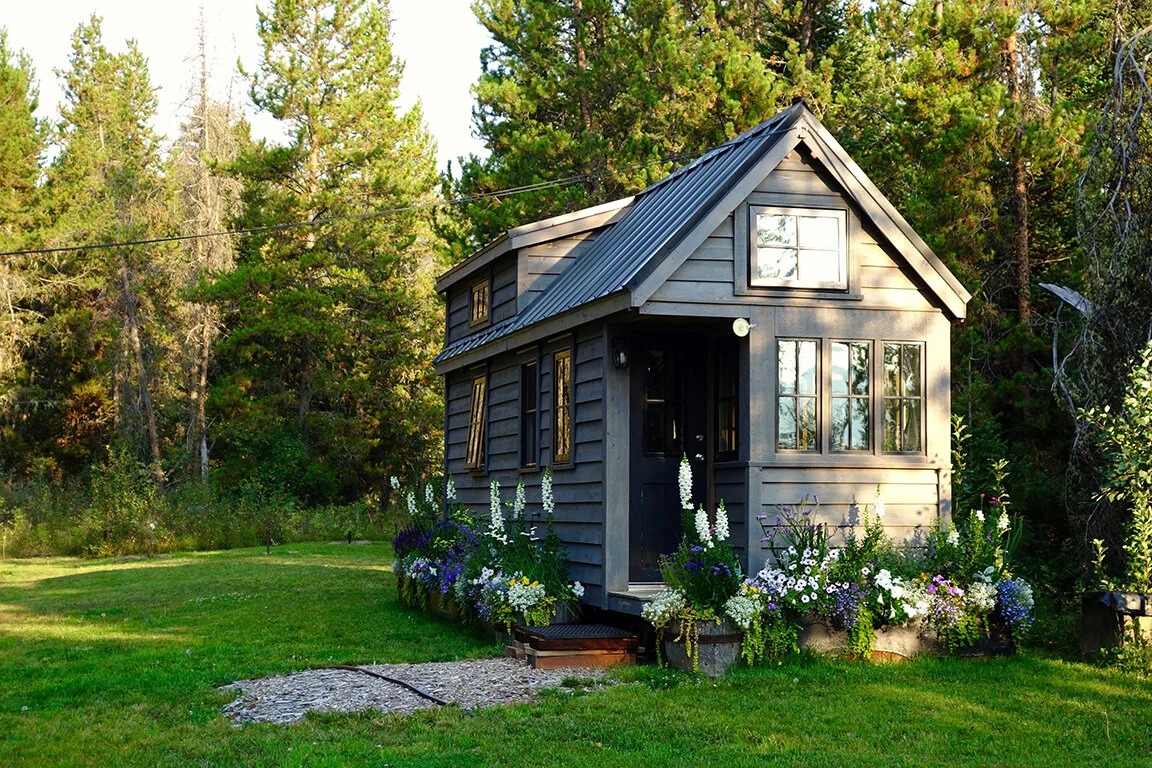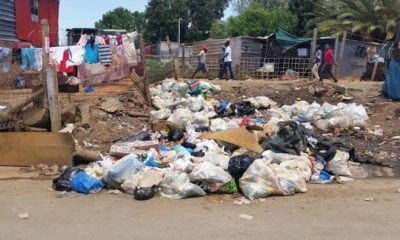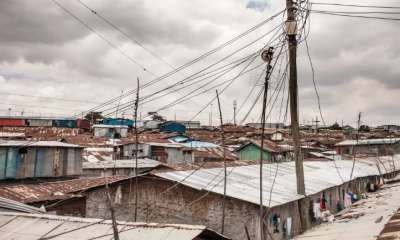Best of Johannesburg
How Backyard Dwellings Are Changing South Africa’s Housing Crisis 2025

If you walk through many Joburg suburbs today, you’ll notice something: yards are no longer just gardens. They host small homes, rental rooms, and container flats, the so-called “backyard dwellings.” In 2025, these structures are quietly transforming how South Africa’s cities, especially Johannesburg, accommodate people, especially those the formal housing system leaves behind.
But this shift comes with its own tensions: flexible housing meets fragile infrastructure, and informal living collides with safety and regulation. Here’s how backyard dwellings fit into Joburg’s housing puzzle, what they solve, what they strain, and where we go from here.
Why Backyard Dwellings Matter in 2025
City planners, housing activists, and landlords increasingly see backyard rentals as more than stopgaps. They’ve become a critical, if informal, response to the gap that neither state housing programmes nor private rentals can close.
-
Filling the housing gap: Low- and middle-income earners who can’t access subsidies or afford formal rentals often rely on yard units.
-
Income for homeowners: Landlords, many of them cash-poor, depend on rental income from backyard tenants to stay afloat.
-
Urban densification: Instead of pushing housing outward, these dwellings increase density inside existing suburbs, placing residents closer to jobs and services.
-
Innovation in design: Container homes and modular flats are emerging as faster, cheaper backyard options, although regulation still lags behind.
Backyard dwellings are no longer fringe; they are a growing part of Johannesburg’s housing landscape.
The Challenges on the Ground
The rise of backyard dwellings has not been without problems.
Pressure on services
Water, sanitation, and electricity systems were not built to handle the sudden density that backyard units bring. Blocked drains, illegal dumping, and power overloads are becoming common flashpoints.
Tenure insecurity
Many backyard tenants live without contracts, leaving them vulnerable to eviction or sudden rent hikes. Landlords, too, lack clear legal protection when disputes arise.
Safety concerns
Poorly built shacks or container conversions sometimes pose risks. Fires, flooding, and weak structures can turn unsafe dwellings into tragedies.
Policy uncertainty
For decades, municipalities sent mixed signals: tolerate, ignore, or demolish backyard units. In 2025, a clearer shift is underway toward recognition, but that legacy of uncertainty has slowed sustainable development.
What’s Changing This Year
2025 marks a turning point for Joburg’s backyard sector.
-
Formalisation efforts: The City has committed to incorporating backyard rentals into its Sustainable Human Settlements Urbanisation Plan, recognising them as essential housing stock.
-
Cutting red tape: Leaders have pledged to streamline building approvals and encourage investment in safe, affordable units.
-
Public-private partnerships: Developers are being courted to work with the city to scale affordable housing delivery.
-
Policy reform: Civil society groups are pushing for national guidelines to protect both landlords and tenants, with subsidies and service provision forming part of the debate.
-
New models: Micro-finance for yard landlords and modular design innovations are showing how this sector could evolve sustainably.
What Needs to Happen Next
To harness the benefits without deepening inequality, action is needed across the board.
For policymakers: Map the scale of backyard dwellings, secure service provision, and introduce fair regulation.
For landlords: Invest in durable structures and use fair, written agreements to protect both sides.
For tenants: Know your rights, organise collectively, and prioritise safety improvements where possible.
The Bigger Picture
In Hillbrow’s courtyards, Orange Grove’s alleys, and Soweto’s yards, backyard dwellings are keeping households afloat and absorbing demand that formal housing has never been able to meet. They bring dignity, proximity, and opportunity to many who would otherwise be pushed to the margins.
At the same time, they stress water systems, expose tenants to risk, and challenge policymakers across South Africa to adapt. In 2025, Johannesburg is finally beginning to treat backyard dwellings not as a nuisance but as part of the solution.
They are asking us to rethink housing itself, more inclusive, more flexible, and closer to the heart of the city.
Also read: How New Mining Licences Threaten Water Security in South Africa and Gauteng 2025
Follow Joburg ETC on Facebook, Twitter, TikT
For more News in Johannesburg, visit joburgetc.com
Featured Image: Backyard ADUs





















